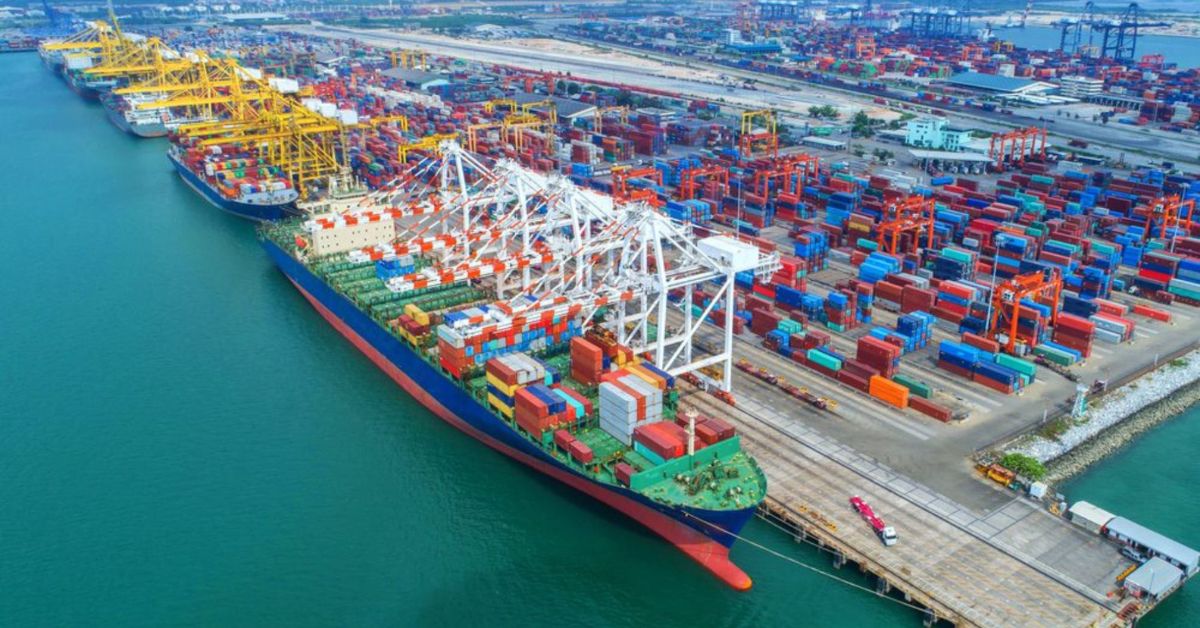India makes a strong case for international marine investors with 100% FDI allowed under the automatic route in shipping and shipbuilding, as well as financial incentives provided by the International Financial Services Centre (IFSC) at GIFT City. A 10-year tax vacation, zero GST on ship imports, and no withholding tax on maritime transactions are some of the main advantages. TK Ramachandran, Secretary, Ministry of Ports, Shipping and Waterways, spoke at the ‘India Maritime Investment Meet’ at India House in London. He outlined India’s maritime strategy priorities and emphasized the country’s goal of becoming a worldwide maritime superpower.
Highlighting the strong macroeconomic fundamentals, Ramachandran noted that India has become the fourth-largest economy, having surpassed $4 trillion, and is witnessing a rapid surge in foreign investments.
The Secretary outlined India’s efforts to modernise its port ecosystem through Public-Private Partnerships, with the current cargo handling capacity of 2,760 MTPA targeted to expand to 3,500 MTPA by 2030 and 10,000 MTPA by 2047.
He underlined that India’s ports are not just trade gateways, but drivers of clean energy transitions, supporting offshore wind, green hydrogen, and low-carbon logistics. Reaffirming India’s commitment to sustainability, Ramachandran stated that green shipping, shipbuilding, and recycling are central pillars of the national maritime strategy. The development of three Green Hydrogen Hub Ports at Deendayal, Chidambarnar, and Paradip, along with the implementation of the Green Tug Transition Programme, were cited as important milestones in India’s decarbonisation efforts.
On the digital front, the Secretary outlined India’s ambition to become a globally competitive, technologically advanced maritime nation. He spoke about initiatives such as the Maritime Single Window, One Nation-One Port Process (ONOP), and MAITRI (Virtual Trade Corridor for IMEEC countries), aimed at streamlining logistics and reducing transaction costs through end-to-end digital integration.
The Secretary also extended a cordial invitation to all stakeholders to participate in the upcoming ‘India Maritime Week 2025’, scheduled to be held in Mumbai from October 27-31, which will serve as a premier international platform for networking, innovation showcase, and investment exploration.
Global stakeholders expressed keen interest in India’s liberalised ship flagging regime, the tonnage tax structure, and blended financing models under the Maritime Development Fund, all of which were seen as progressive steps to de-risk capital and crowd-in private investment.
The meet was inaugurated by Vikram K. Doraiswami, High Commissioner of India to the United Kingdom, who highlighted the long-standing maritime partnership between India and the UK and reaffirmed the shared commitment towards building sustainable and resilient blue economy corridors. In his address, Doraiswami emphasised the importance of leveraging maritime infrastructure to support global trade, clean energy transitions, and inclusive economic growth.









